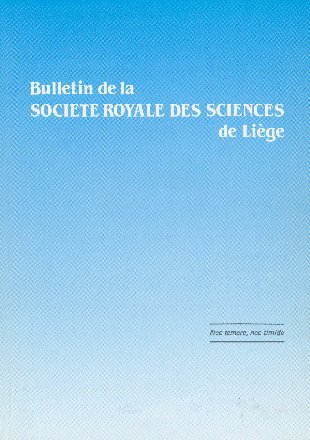- Portada
- Volume 87 - Année 2018
- Actes de colloques
- First Belgo-Indian Network for Astronomy & Astroph...
- Spectroscopic and polarimetric study of radio-quiet weak emission line quasars
Vista(s): 809 (8 ULiège)
Descargar(s): 45 (0 ULiège)
Spectroscopic and polarimetric study of radio-quiet weak emission line quasars

Documento adjunto(s)
Version PDF originaleAbstract
A small subset of optically selected radio-quiet QSOs with weak or no emission lines may turn out to be the elusive radio-quiet BL Lac objects, or simply be radio-quiet QSOs with an infant/shielded broad line region (BLR). High polarisation (p > 3-4%), a hallmark of BL Lacs, can be used to test whether some optically selected ‘radio-quiet weak emission line QSOs’ (RQWLQs) show a fractional polarisation high enough to qualify as radio-quiet analogues of BL Lac objects. To check this possibility, we have made optical spectral and polarisation measurements of a sample of 19 RQWLQs. Out of these, only 9 sources show a non-significant proper motion (hence very likely extragalactic) and only two of them are found to have p > 1%. For these two RQWLQs, namely J142505.59+035336.2 and J154515.77+003235.2, we found the highest polarization to be 1.59±0.53%, which is again too low to classify them as (radio-quiet) BL Lacs, although one may recall that even genuine BL Lacs sometimes appear weakly polarised. We also present a statistical comparison of the optical spectral index, for a sample of 45 RQWLQs with redshift-luminosity matched control samples of 900 QSOs and an equivalent sample of 120 blazars, assembled from the literature. The spectral index distribution of RQWLQs is found to differ, at a high significance level, from that of blazars. This, too, is consistent with the common view that the mechanism of the central engine in RQWLQs, as a population, is close to that operating in normal QSOs and the primary difference between them is related to the BLR.






